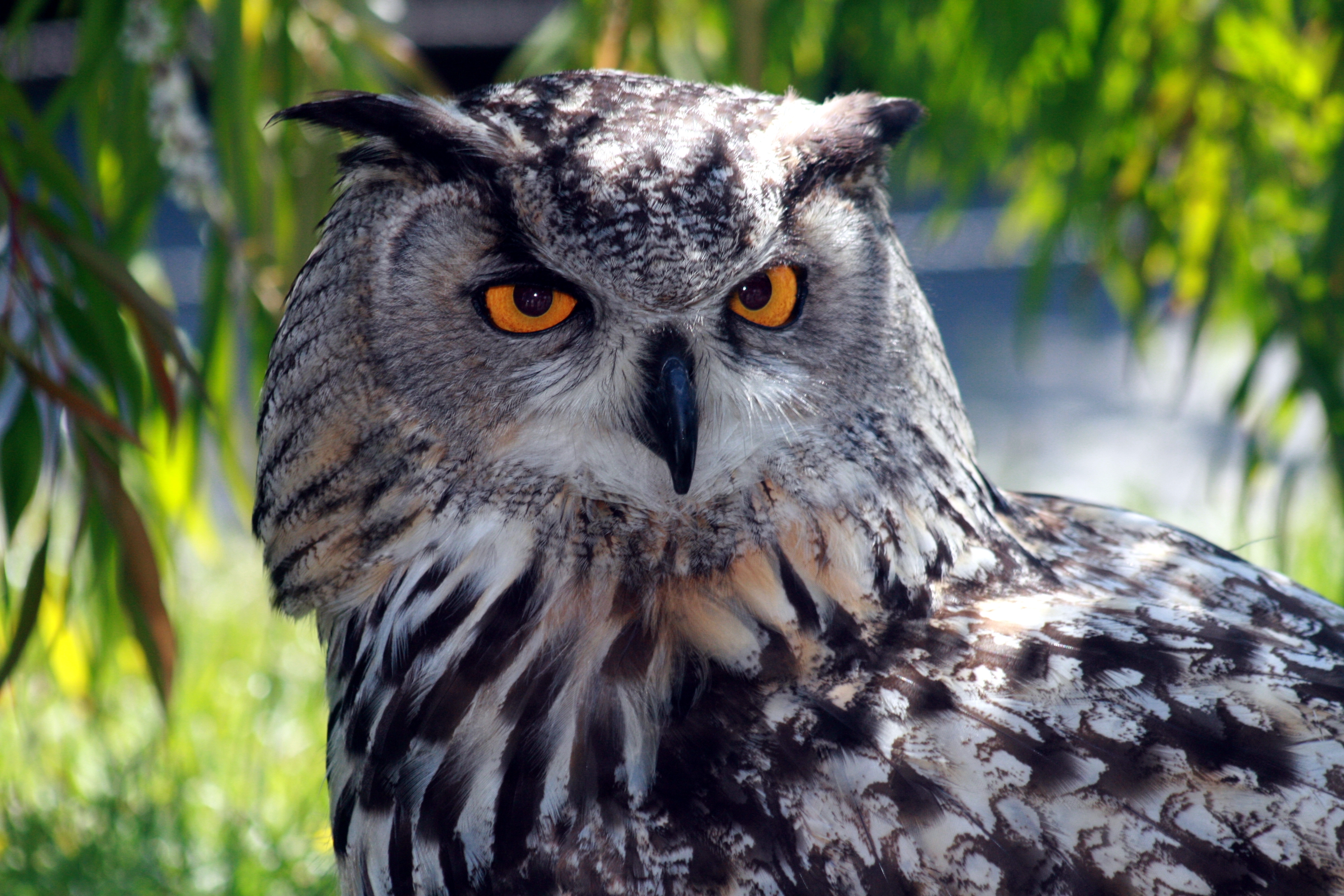10 Animals With the Most Unique Eyes in the Animal Kingdom
2. The Owl: Nocturnal Adaptations

In the shadowy realms of the night, a different set of visual adaptations comes to the fore. Nocturnal animals, from owls to cats, have evolved eyes that allow them to thrive in low-light conditions. These adaptations often involve larger eyes relative to body size, a high density of rod cells, and a reflective layer known as the tapetum lucidum, which enhances light sensitivity. This reflective layer is responsible for the eerie glow often seen in the eyes of nocturnal animals when caught in headlights or flashlights. Owls, with their forward-facing eyes and exceptional night vision, are exemplary nocturnal predators. Their eyes are not only large but also tubular, allowing them to gather more light and focus on distant objects with precision. The tapetum lucidum in owls' eyes amplifies available light, enabling them to spot prey even in the dimmest conditions. Similarly, cats possess slit-shaped pupils that can expand significantly to maximize light intake. This adaptation, combined with their acute sense of hearing and smell, makes them formidable hunters in the dark. These nocturnal adaptations underscore the intricate relationship between eye structure and ecological niche, revealing the remarkable ingenuity of evolution.